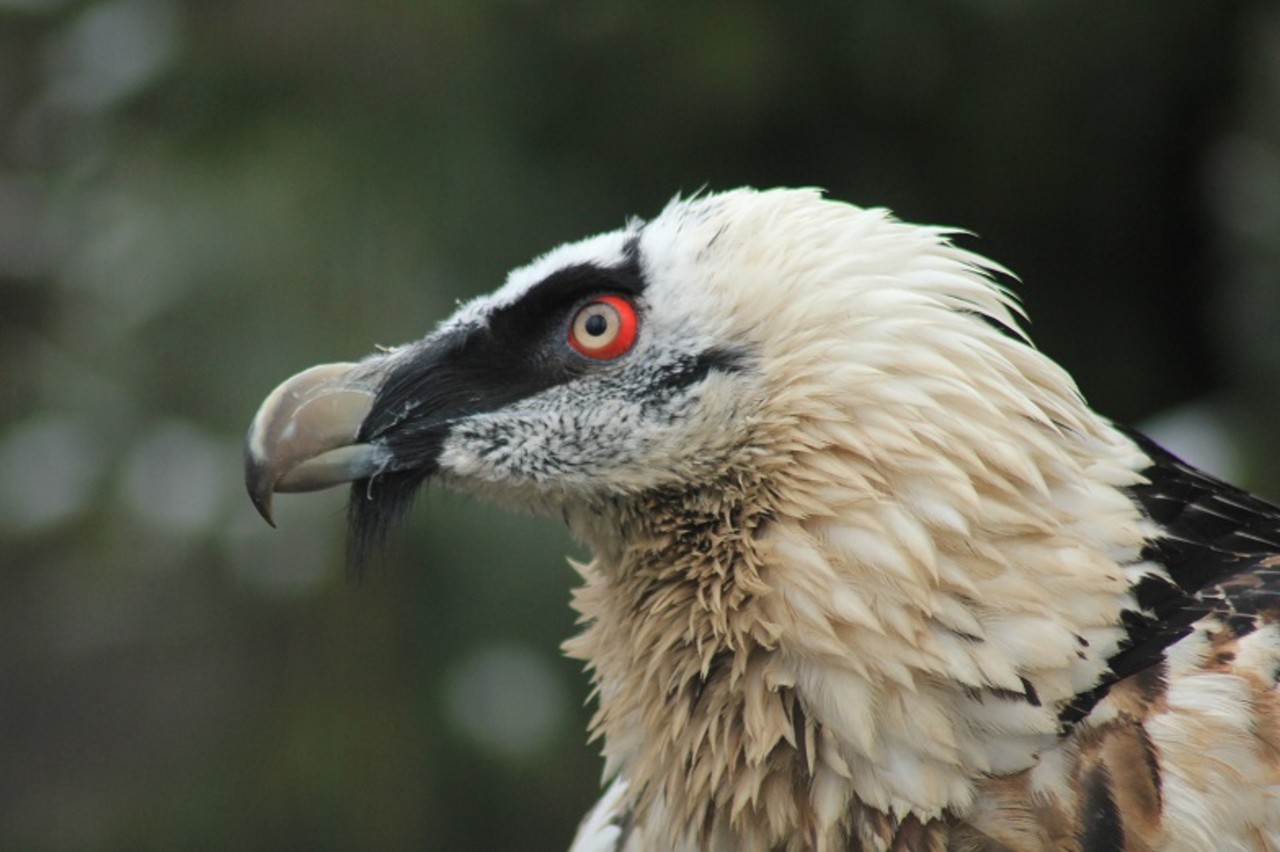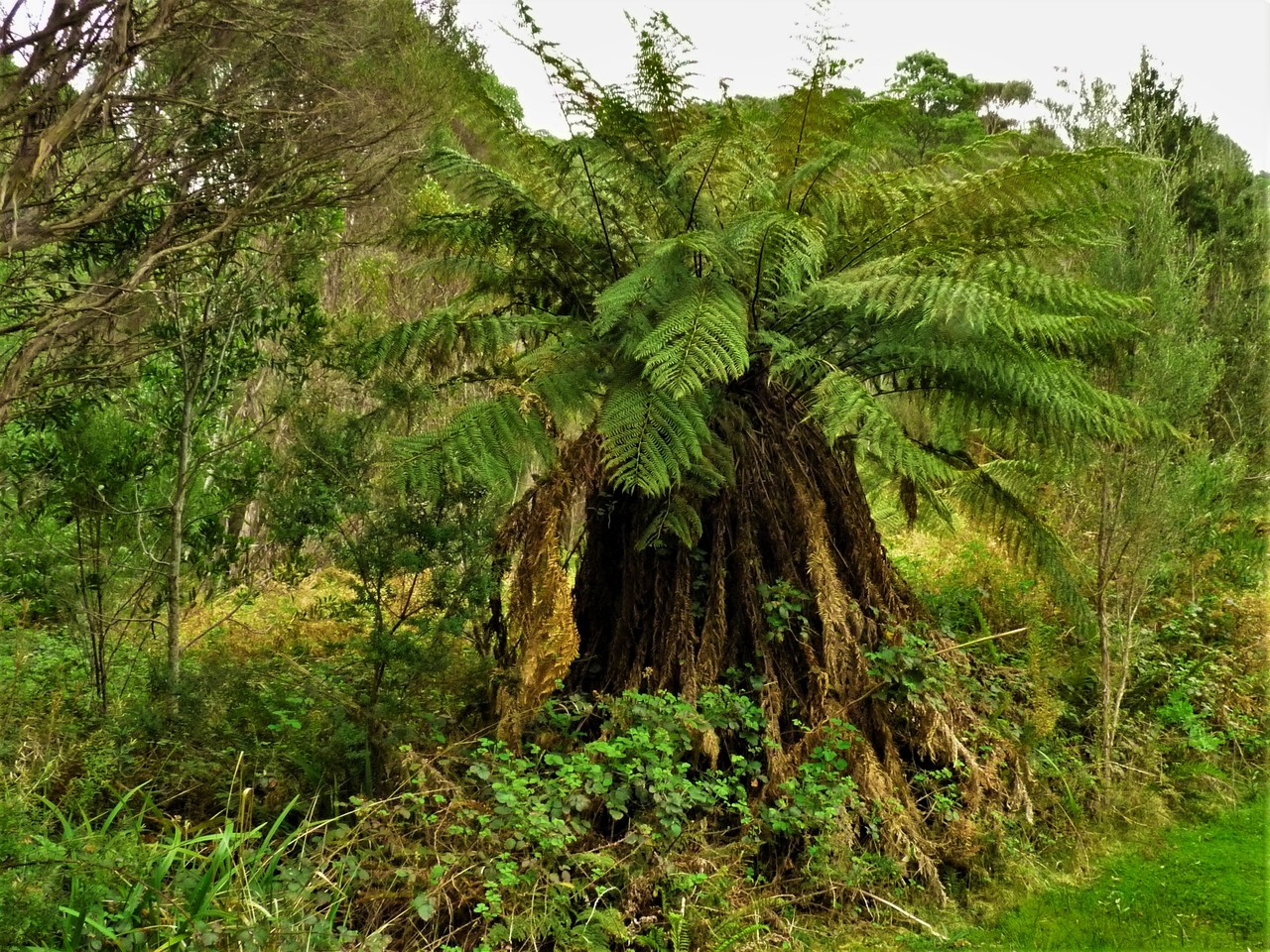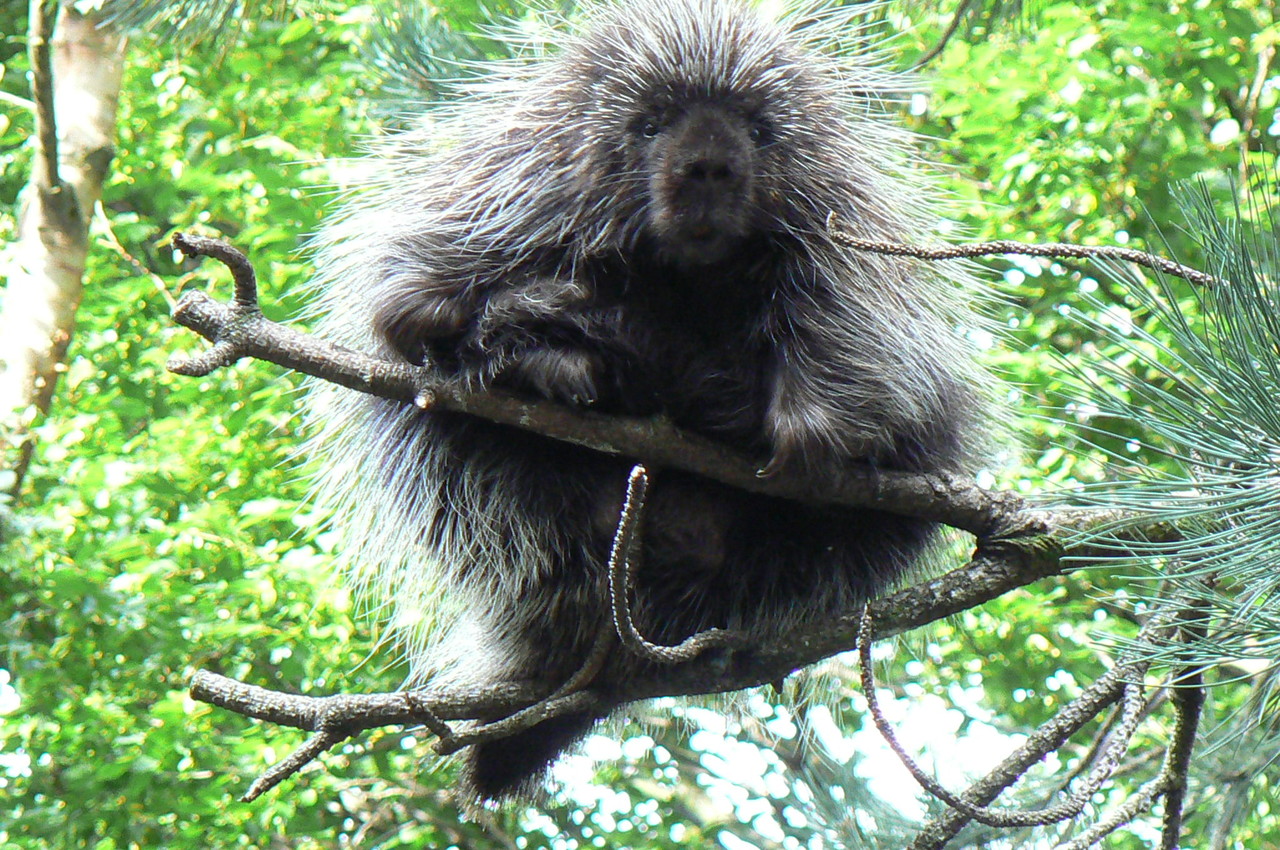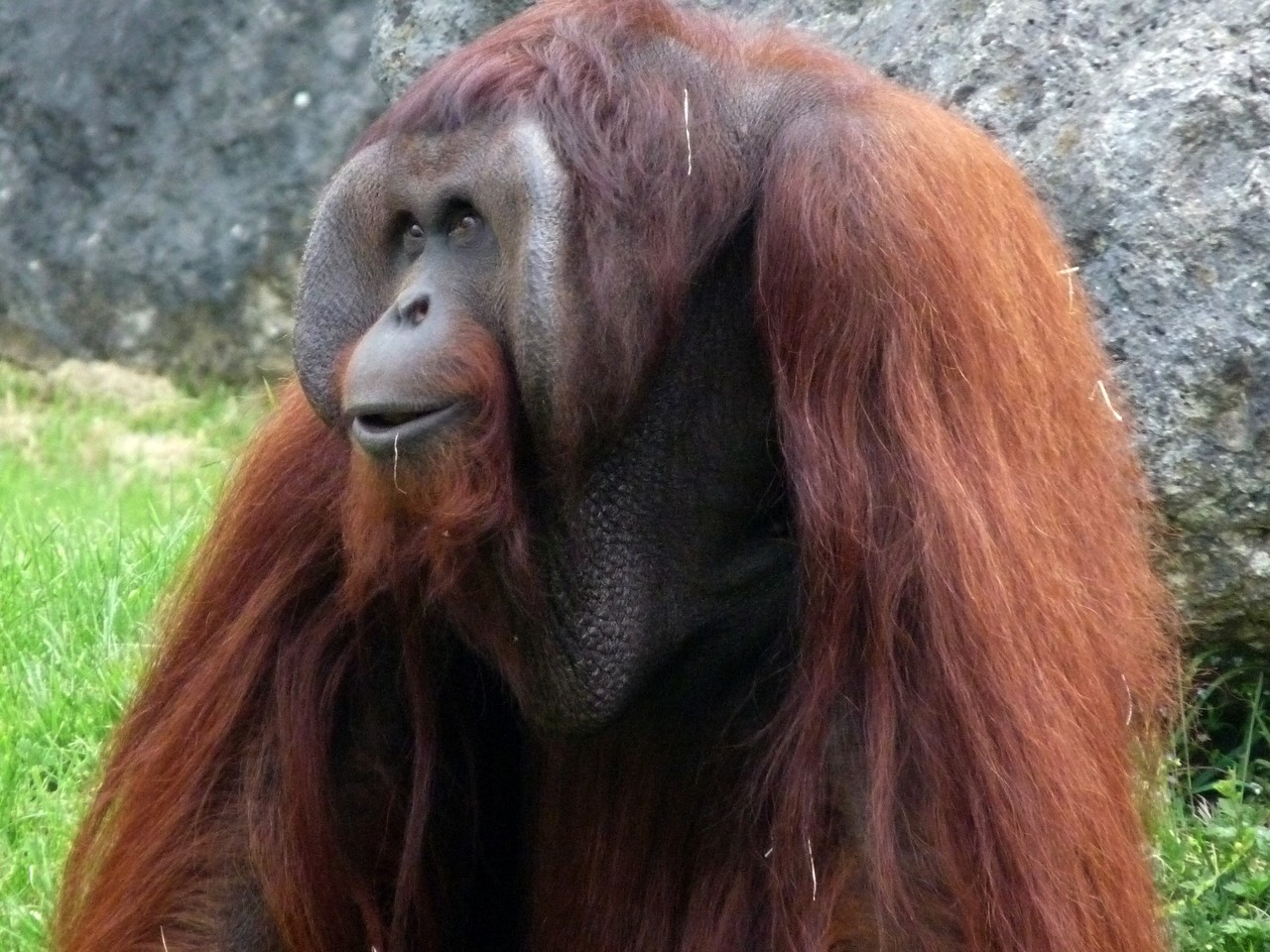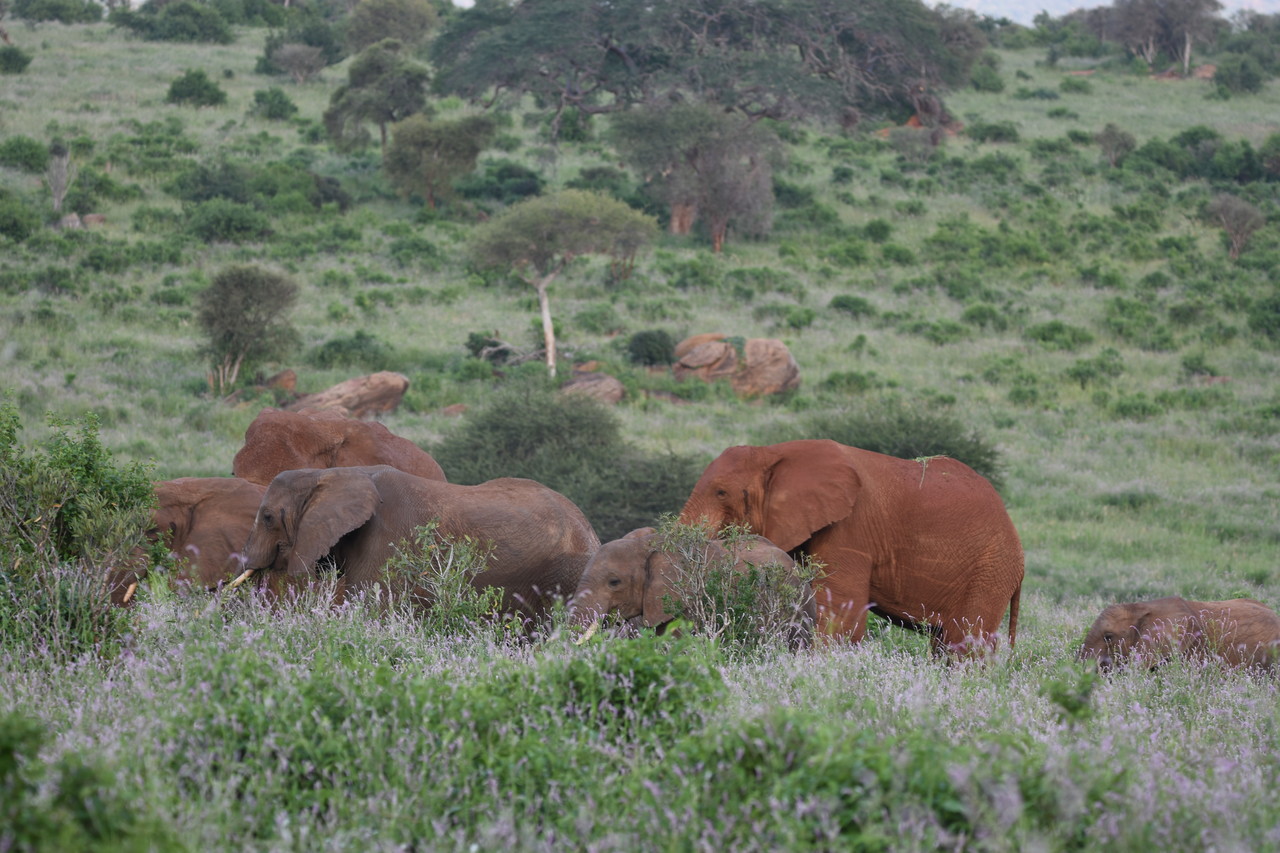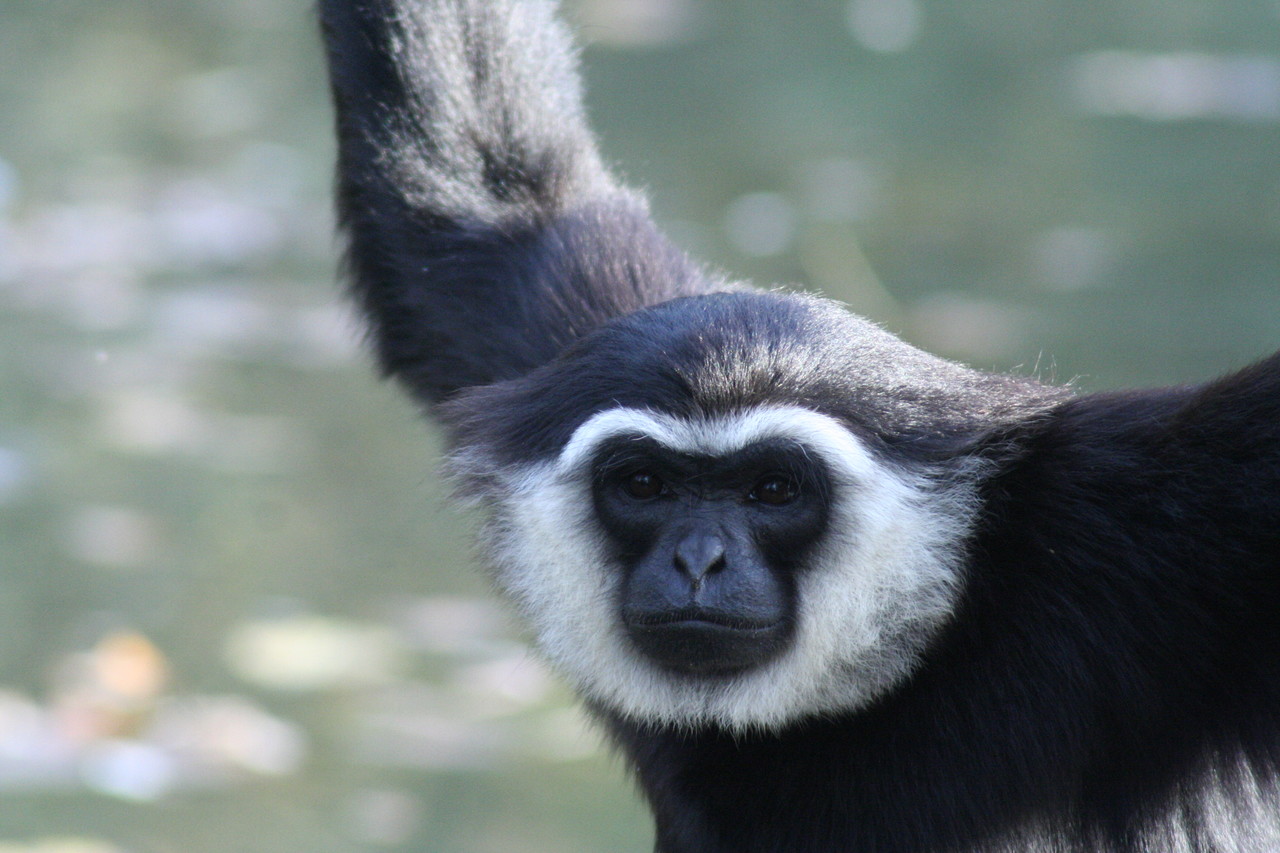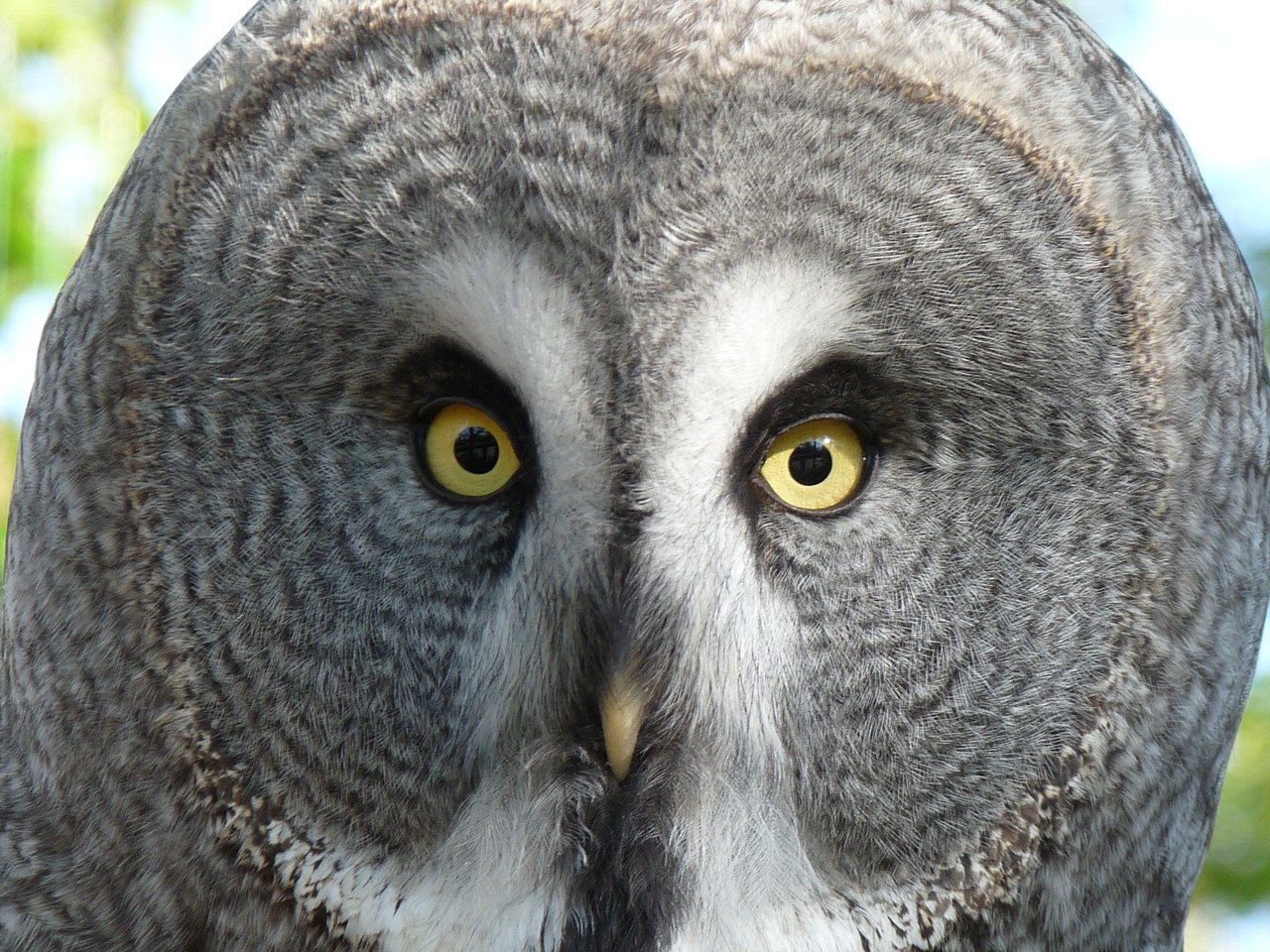Far Eastern symbol of fidelity

A red-crowned crane /Grus japonensis/ also called a Japanese Crane, is a symbol of the disappearing nature of the Far East. An unusual, beautifully coloured bird forms two isolated populations - one that is constantly on the Japanese island of Hokkaido, the other one spread in north-eastern China, eastern Russia and Mongolia, wandering to wintering grounds to eastern China and Korea. It reaches from 220 to 250 cm wingspan, body weight up to 10 kg, height over 150 cm.
This is an exceptional crane species closely related to the aquatic environment, capable of feeding in much deeper waters than other cranes, commonly found in deep freshwater and coastal swamps, rice fields and rivers. It has a crane-like technique of feeding, referred to by biologists as "walk and peck" - the crane walks closely watching everything it can eat, and it eats various things - insects, terrestrial and aquatic invertebrates, rodents, amphibians, reptiles, fish as well as reeds, grass and many other plants.
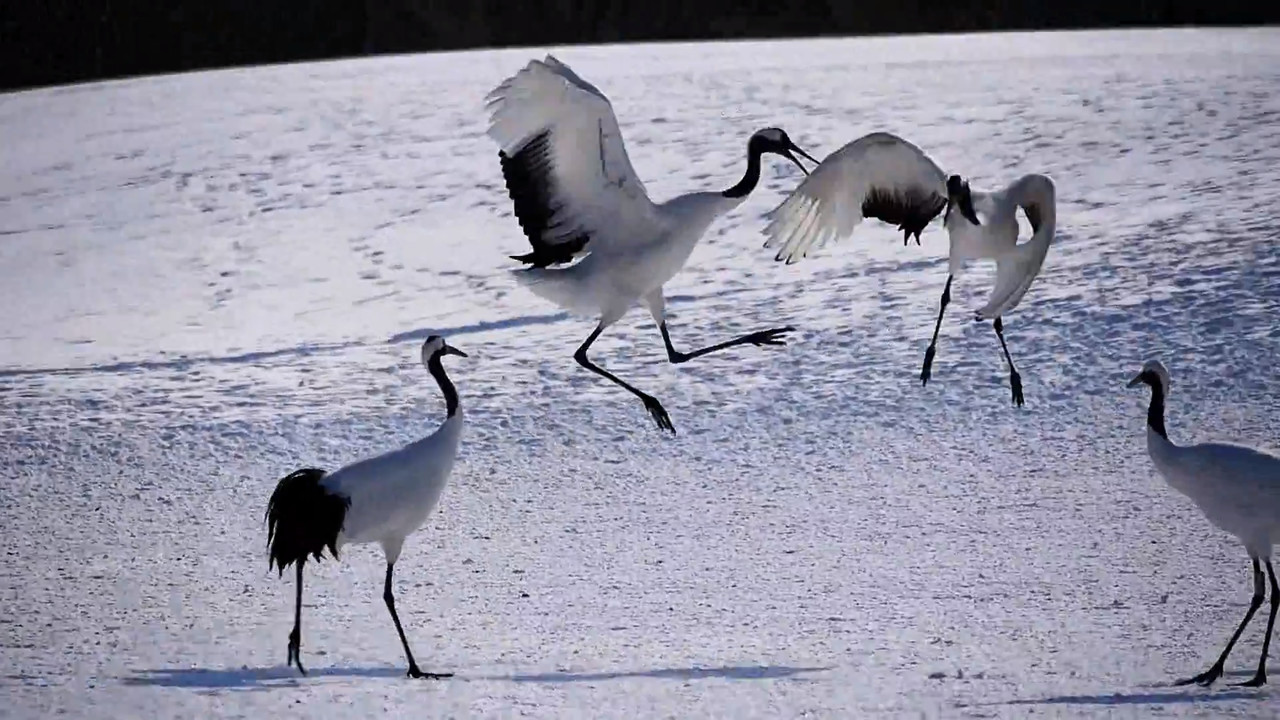
The male and female form a pair for their entire life, each year they mate in spring, during which they dance in a characteristic manner and produce loud sounds, which constitute their mating song.
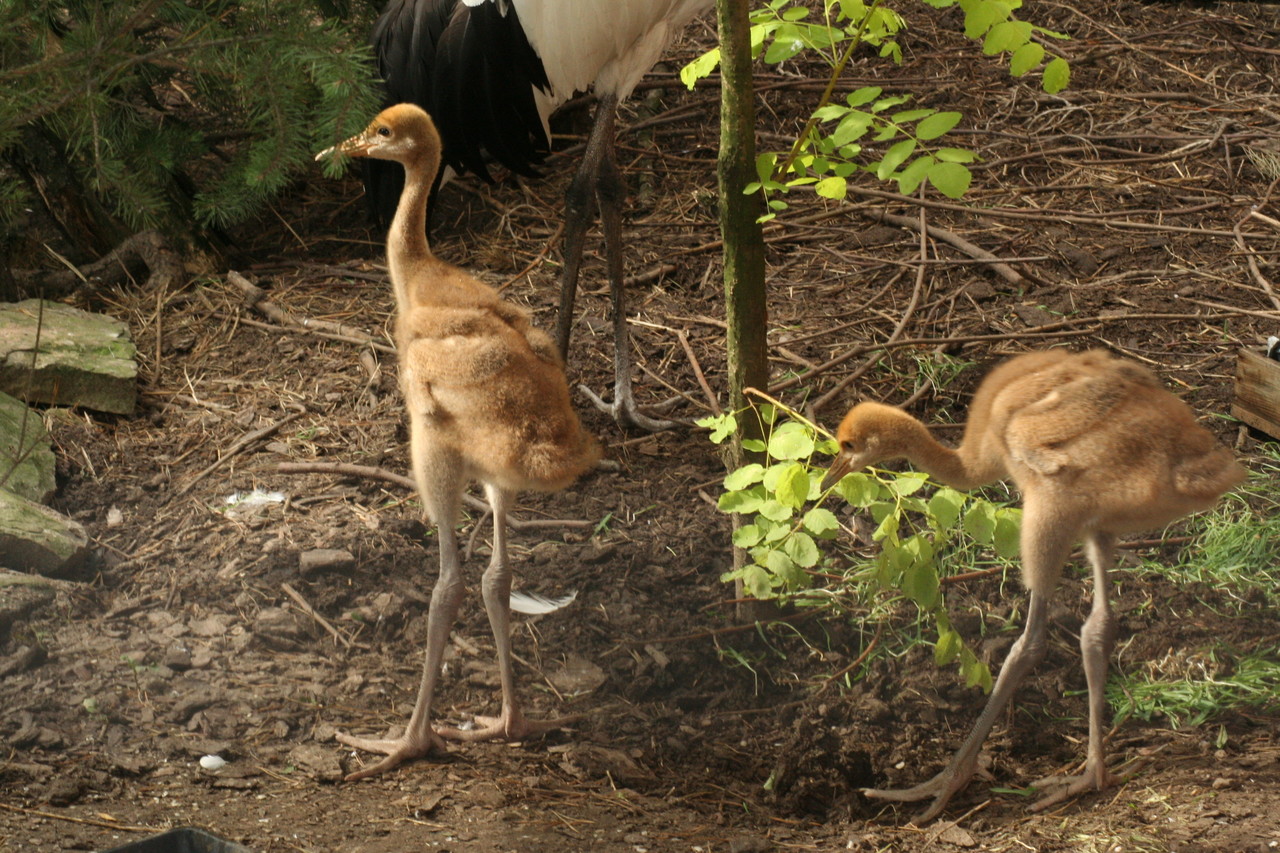
The chicks are coloured light brown, it is a protective colour that helps them to survive and hide in the event of an emergency. In the second year of life, juvenile plumage begins to look like adult feathers. It is one of the largest and most beautiful representatives of cranes, which only a few lucky ones among zoological gardens can be proud of. Magnificent and dignified, this crane is even worshiped in the countries of existence and is a symbol of fidelity, happiness, love and long life.
However, the Japanese crane is dying out and, as an endangered species, it is on the Red List of the International Union for Conservation of Nature (IUCN), in the Washington Convention it is included in the first Annex, covering the rarest species requiring the highest protection status. The reason for the drastic reduction in the population was hunting for feathers. The strikingly beautiful plumage of the crane has caused its destruction in many areas of Japan. To acquire cherished trophies, these birds were hunted in the first half of the twentieth century, making the Japanese population of cranes almost completely destroyed. Another reason for the extinction of the species has been the development of agriculture and civilization, causing the natural area of the Japanese crane to shrink. Currently, this species is fully protected in all areas of occurrence.
Since the 1970s, intensive research has been carried out on Japanese cranes to protect them from extinction. Many zoological gardens participate in these activities. For this purpose, within the European EAZA zoological organization EEP (European Endangered Species Program) for the Japanese crane was created. Currently 59 European zoological gardens belong to it (out of 307 EAZA members), including the Plock ZOO as the only zoo in Poland where the Red-Crowned Cranes breed.
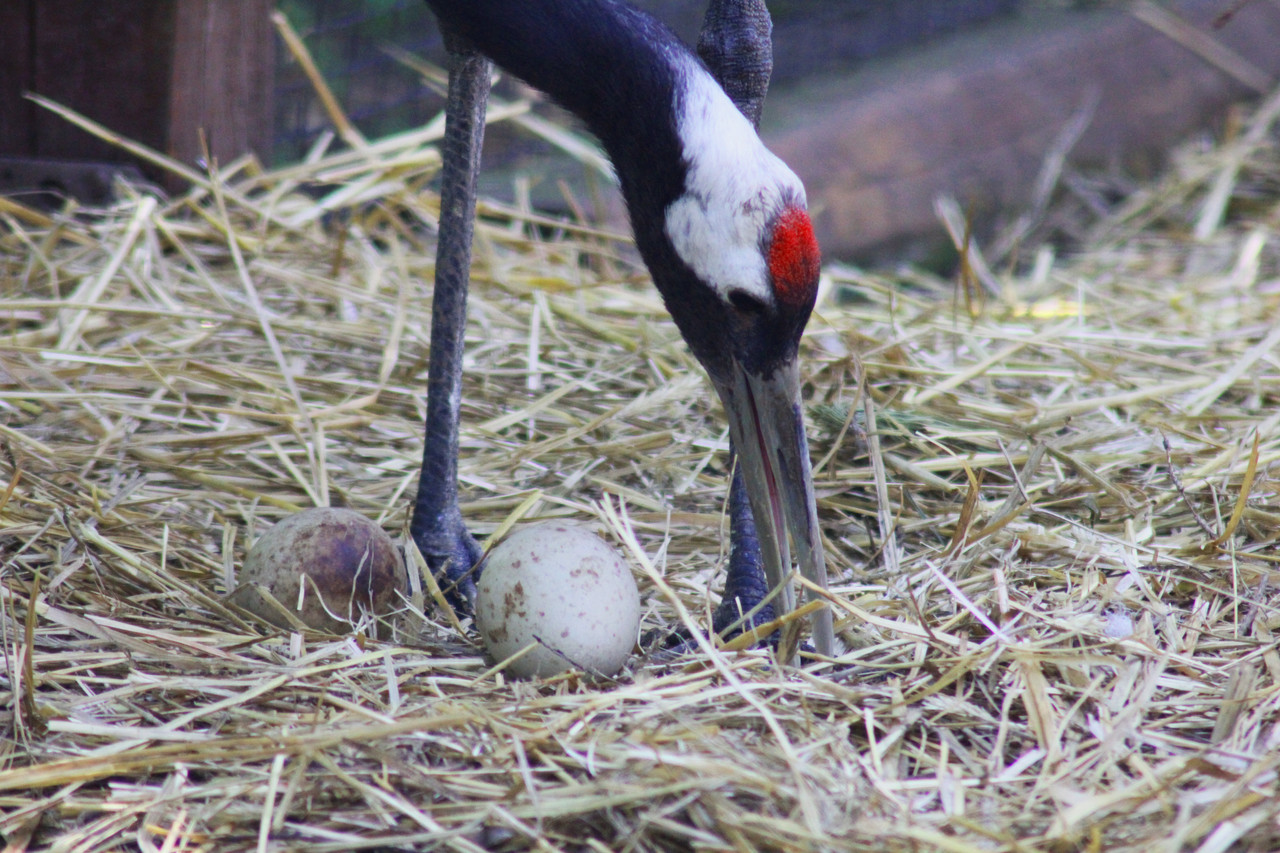
And here, in spring 2007 for the first time in Poland the young Japanese cranes hatched. According to the guidelines, the young obtained in breeding may in the future be specimens that will be released into natural environments to secure the freedom population. This is one of the most important functions of zoological gardens, which according to the forecast, are gradually being transformed into conservation centres of species for which there is a lack of space in their natural habitats.
Visiting the zoo it is worth remembering about it because it will allow us to look with understanding at the efforts undertaken to save the rarest gems of wildlife.
Aleksander Niweliński




